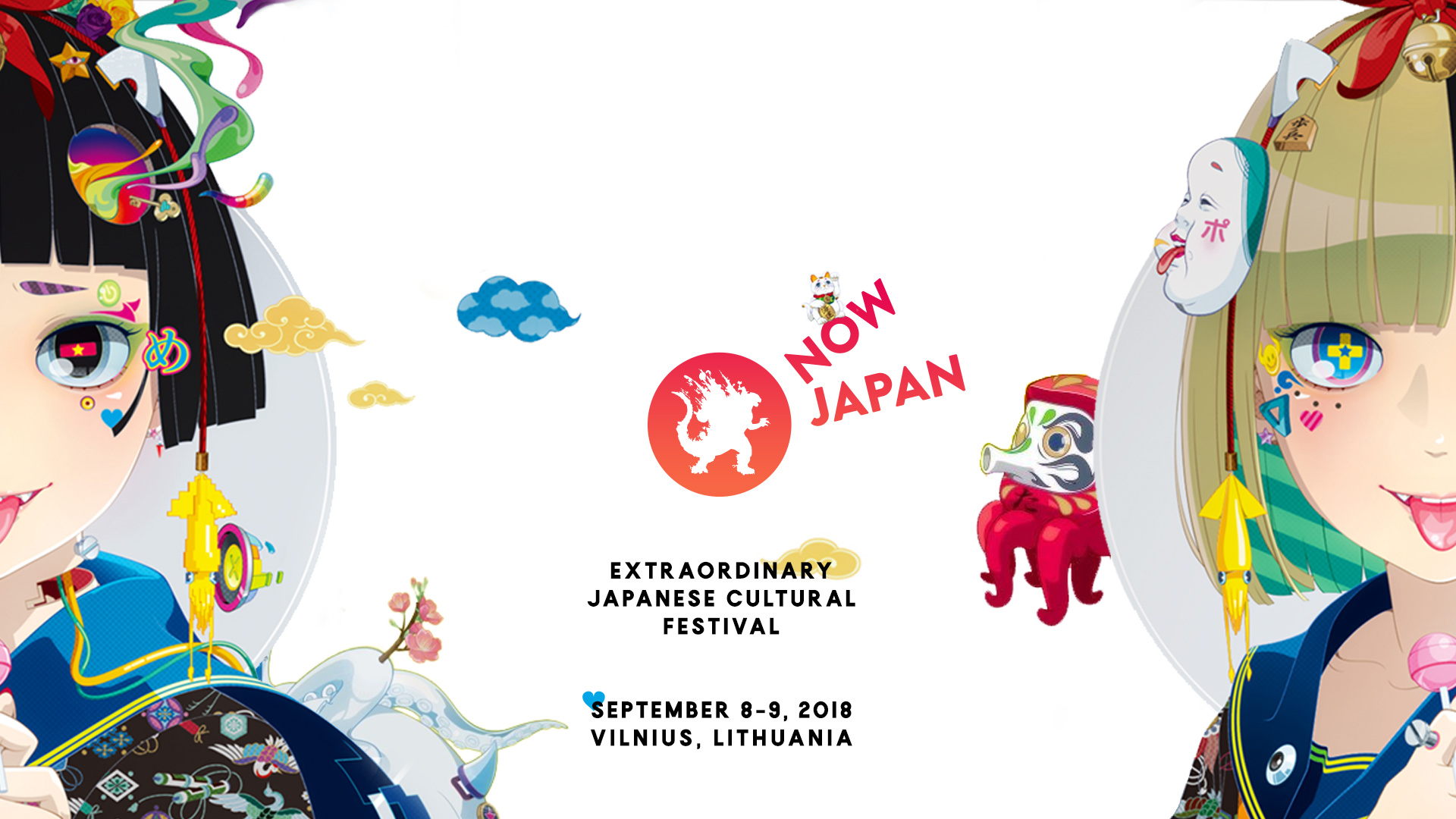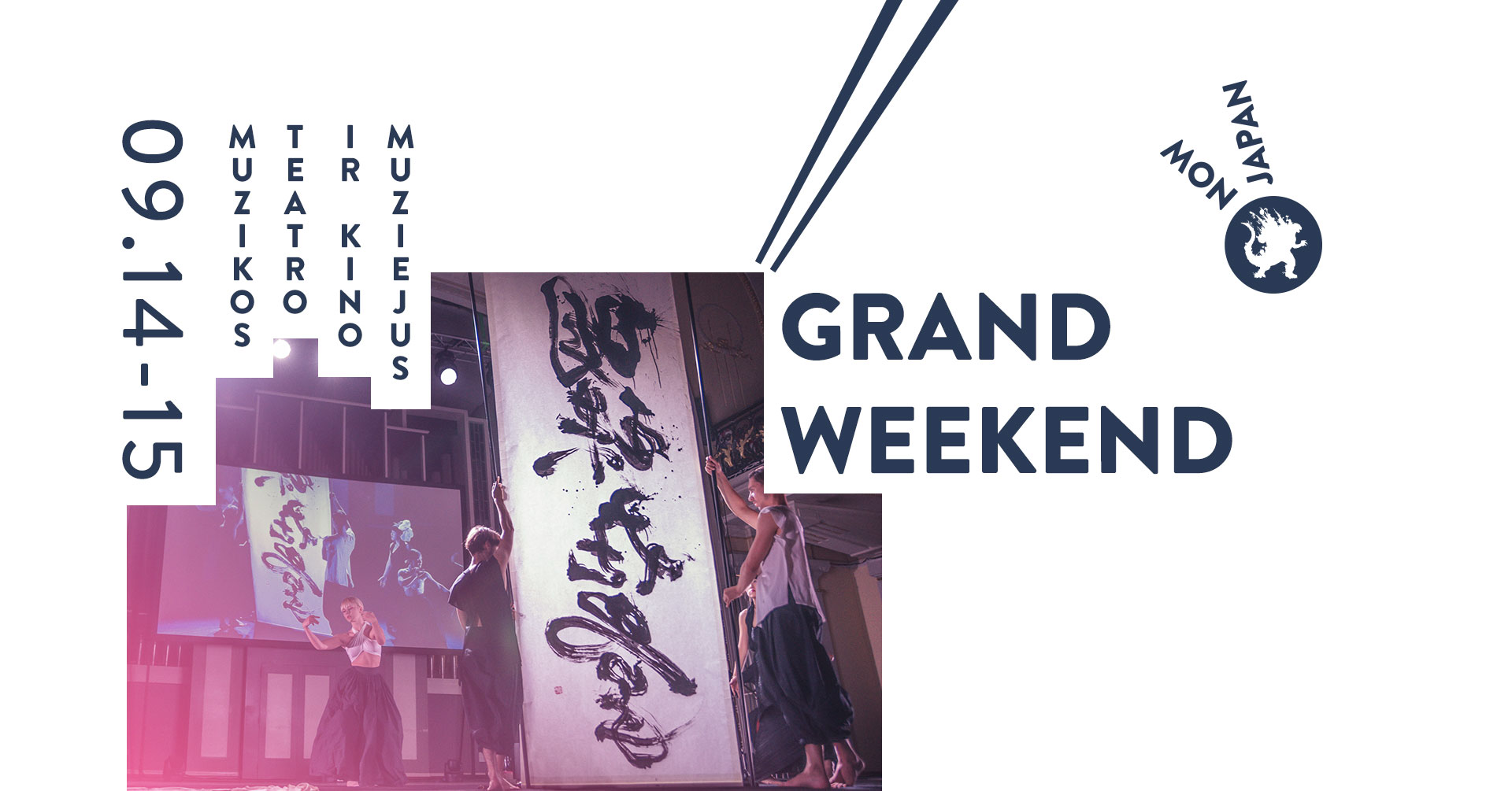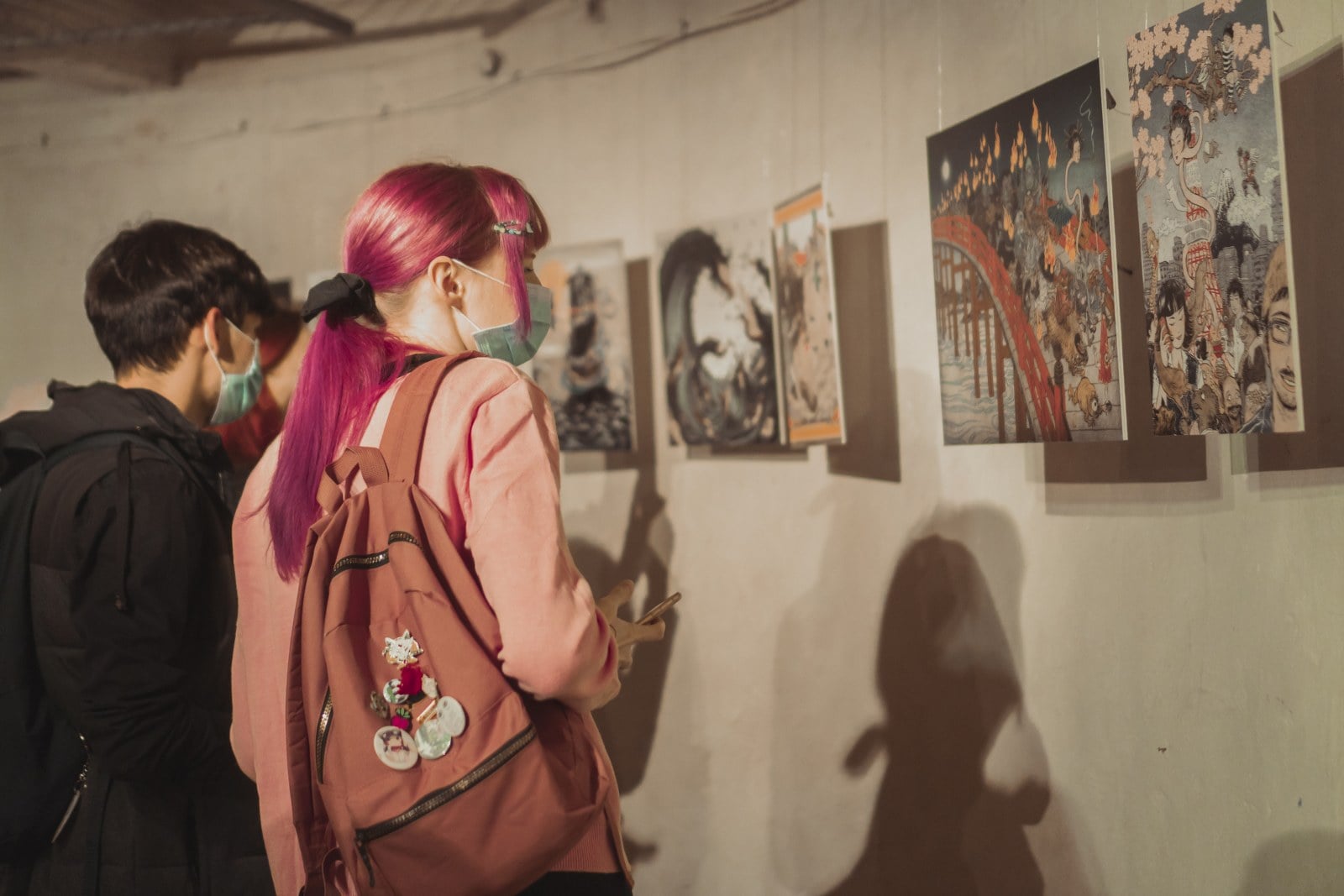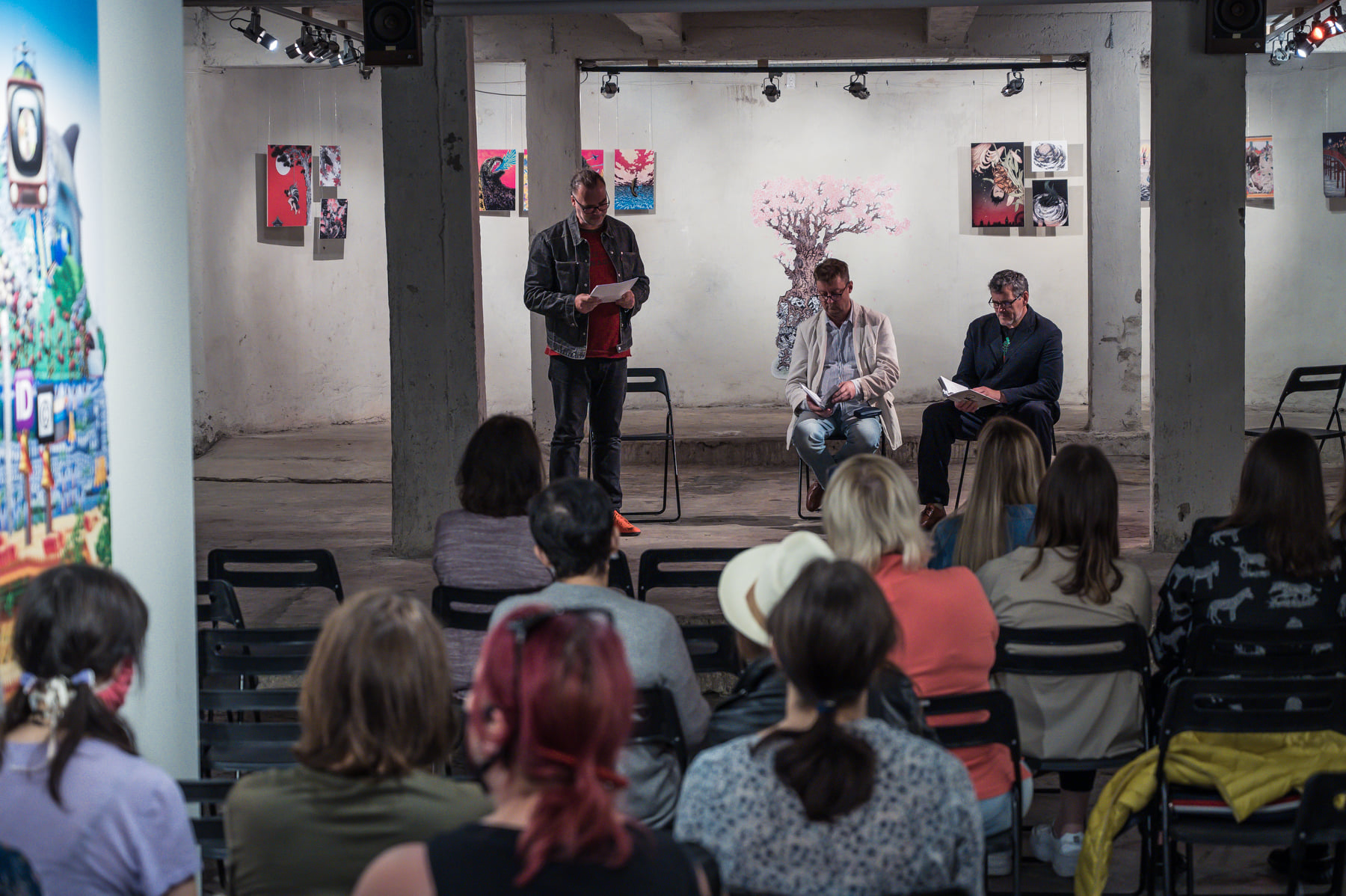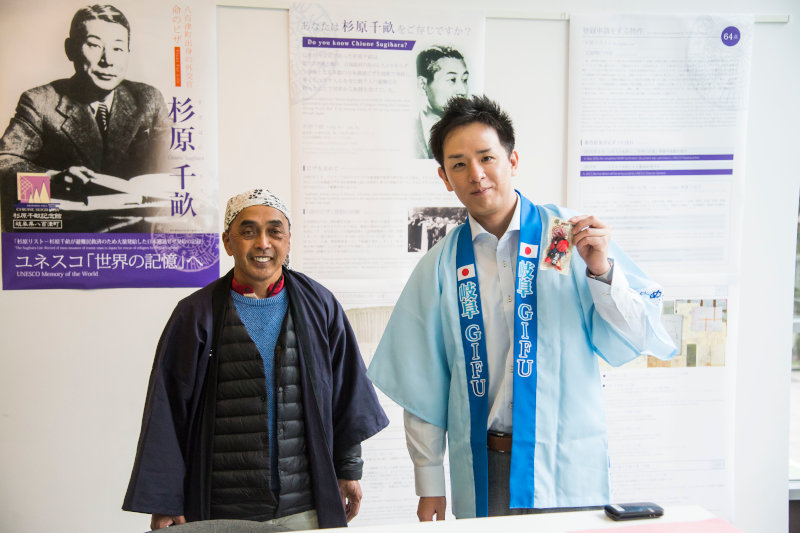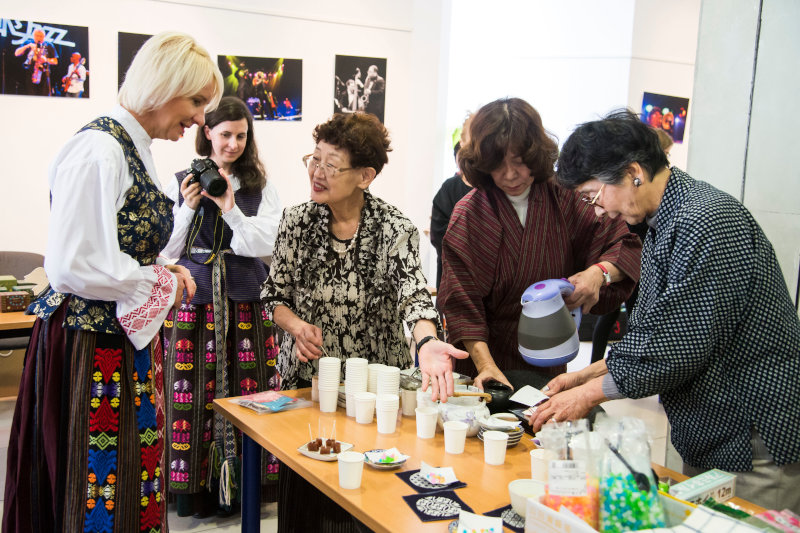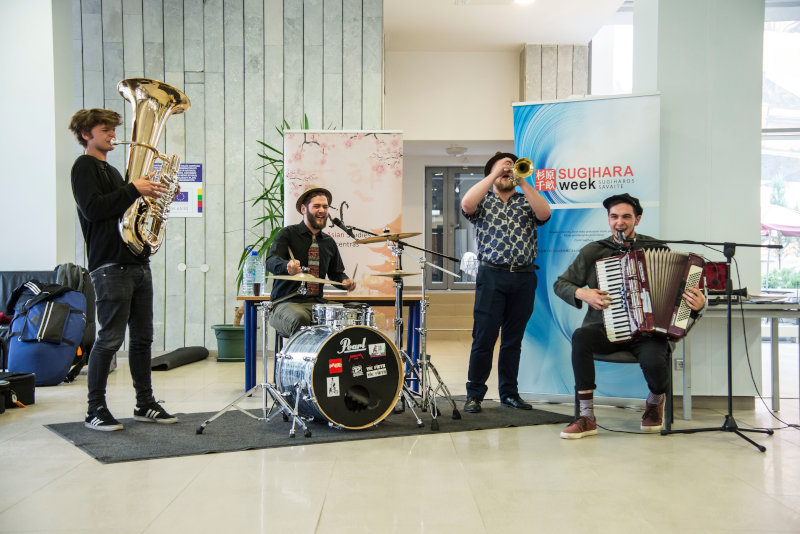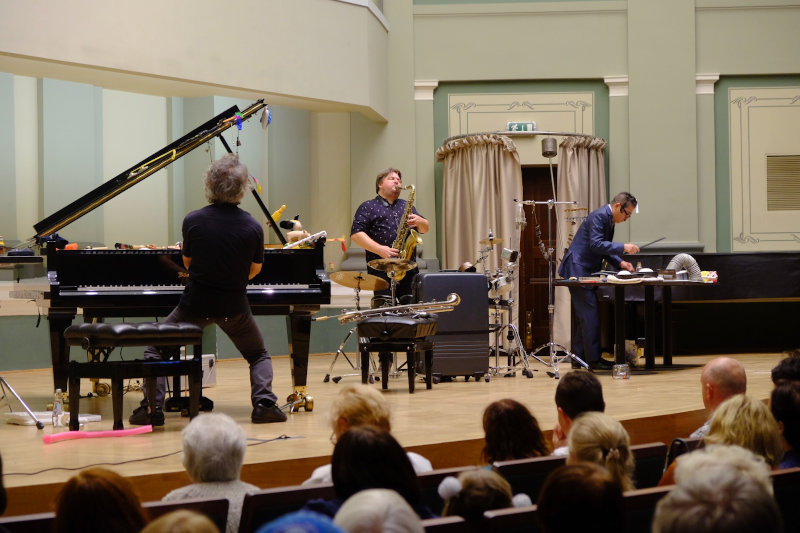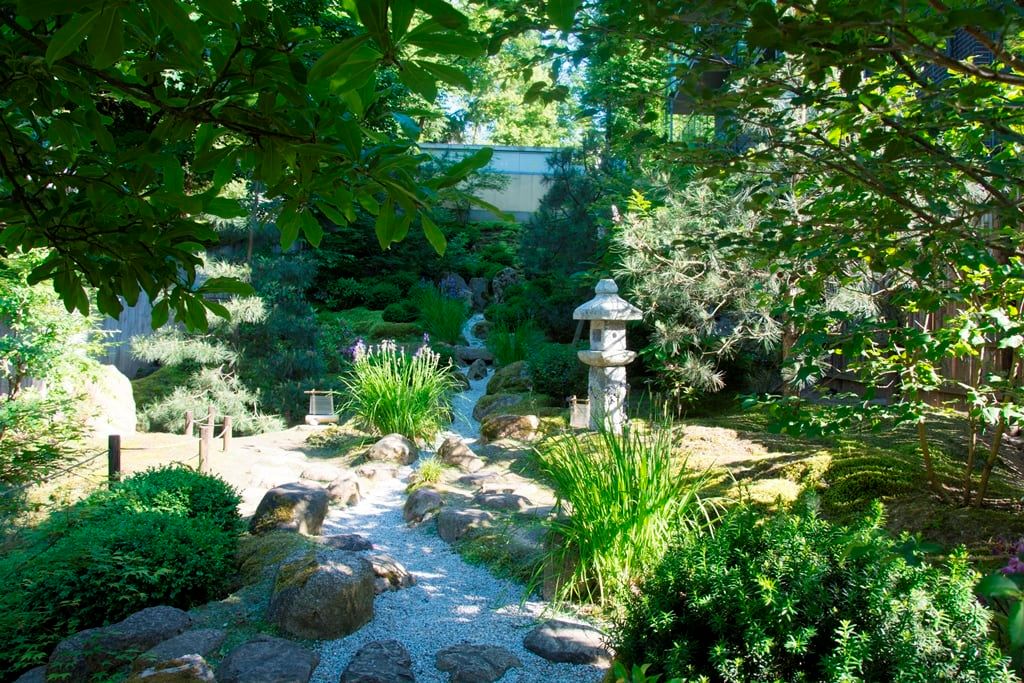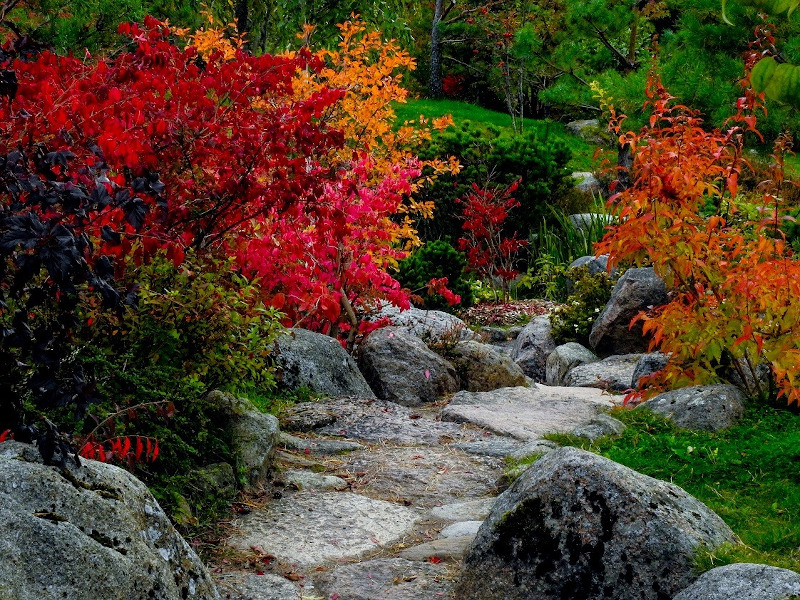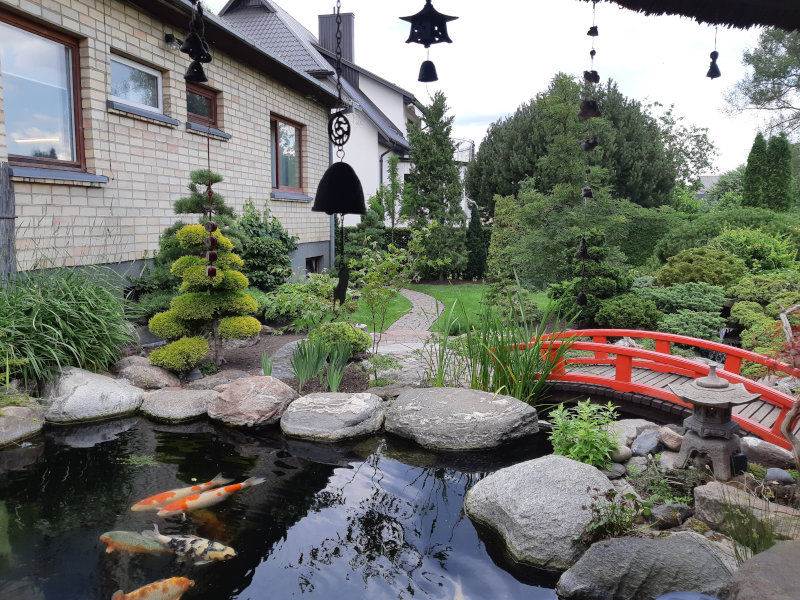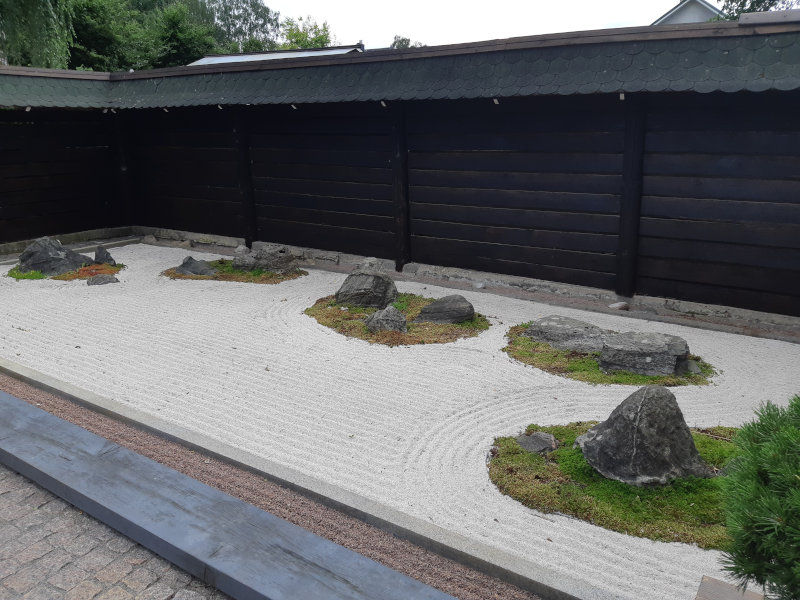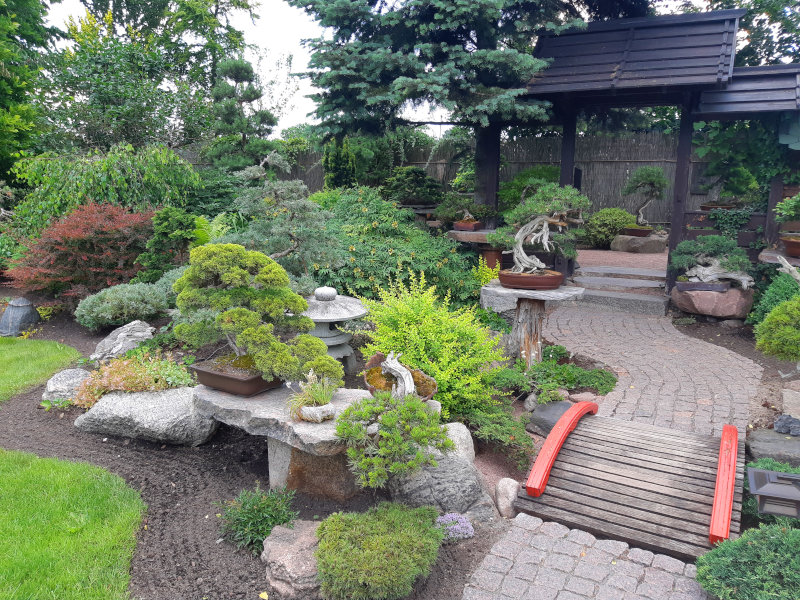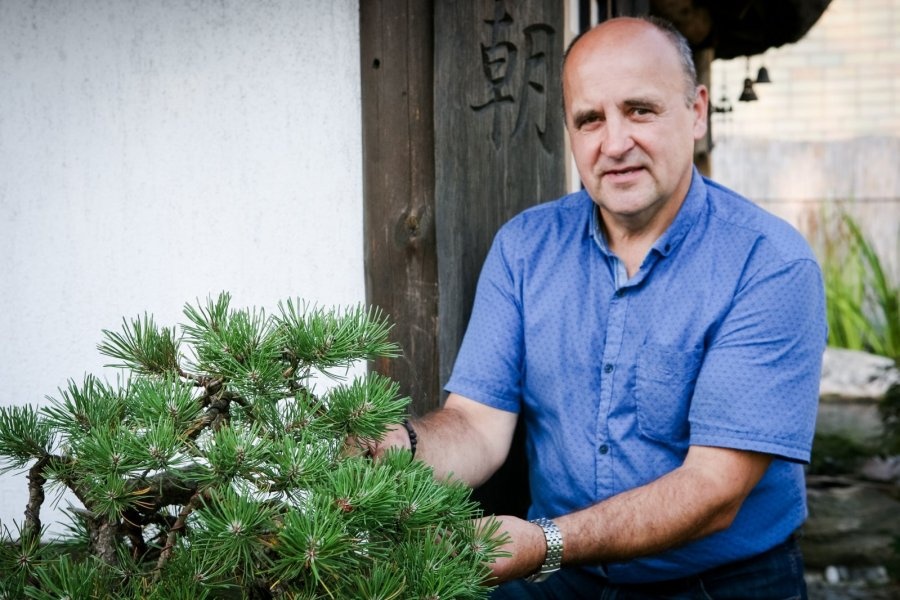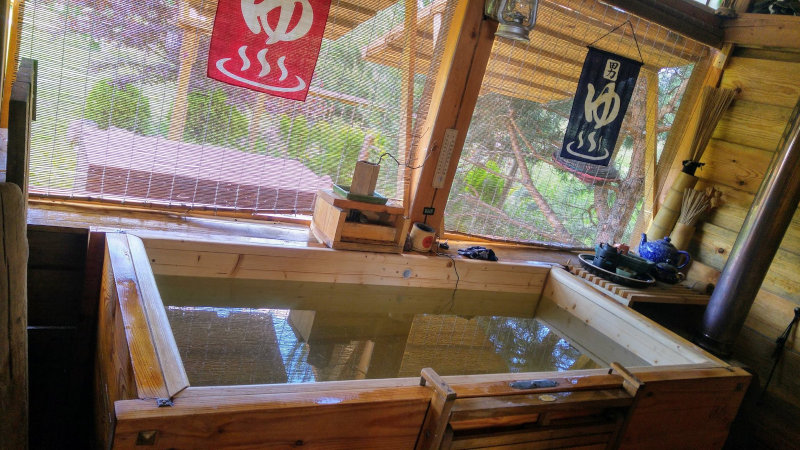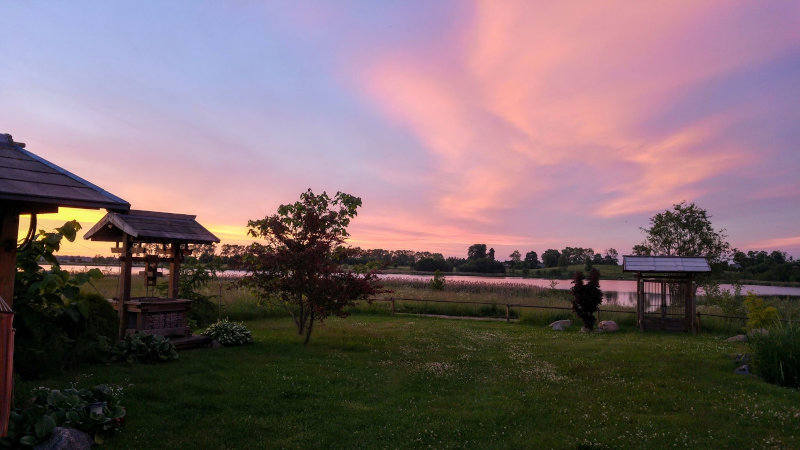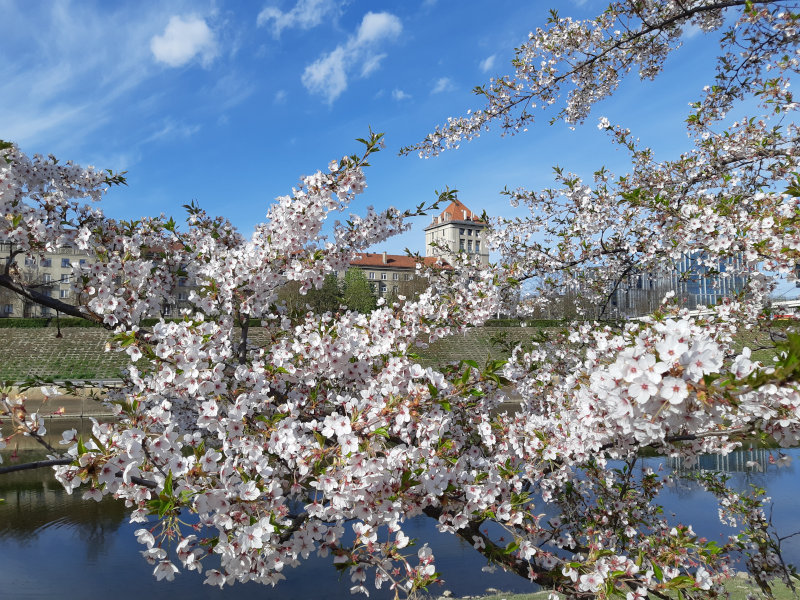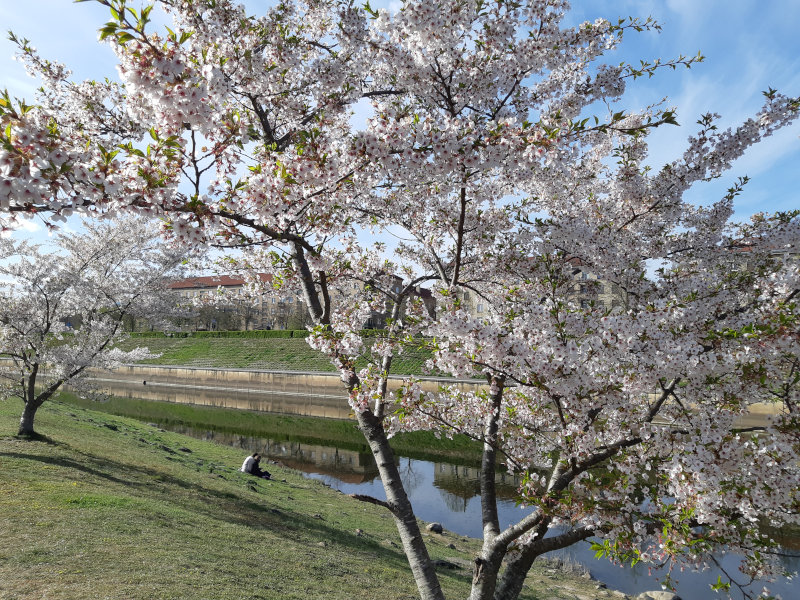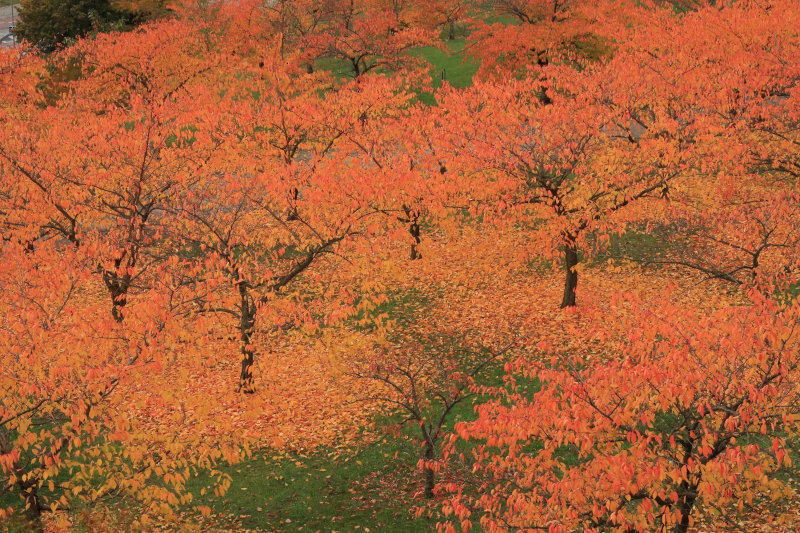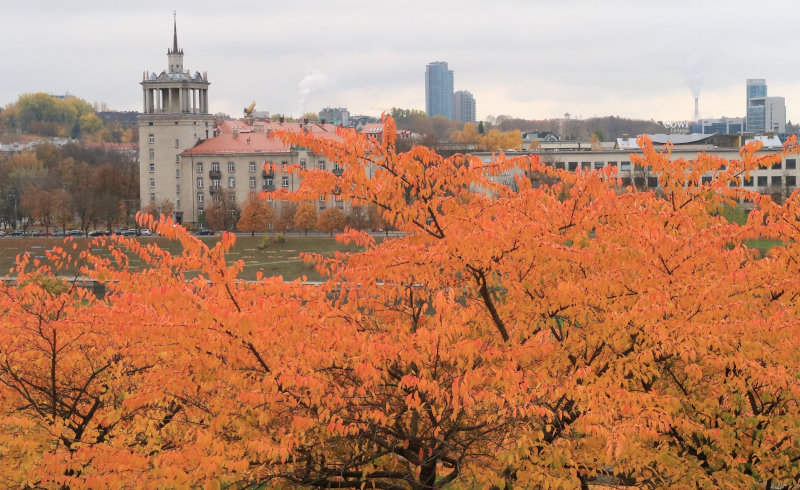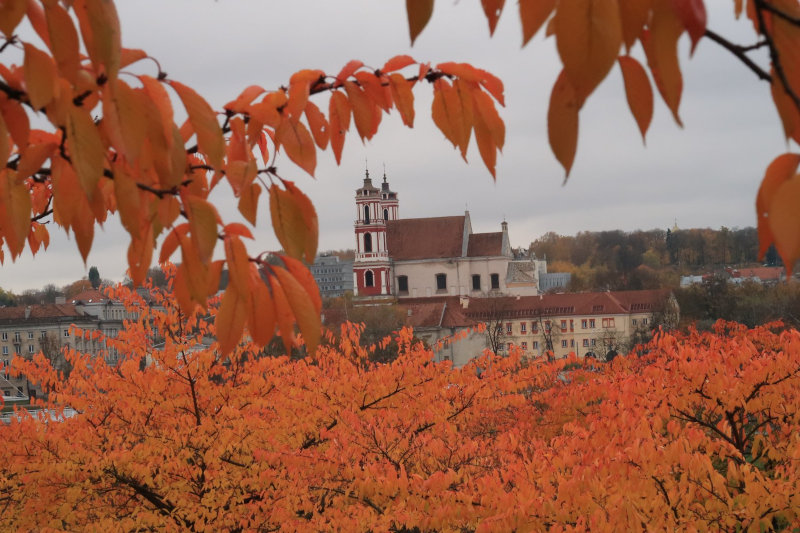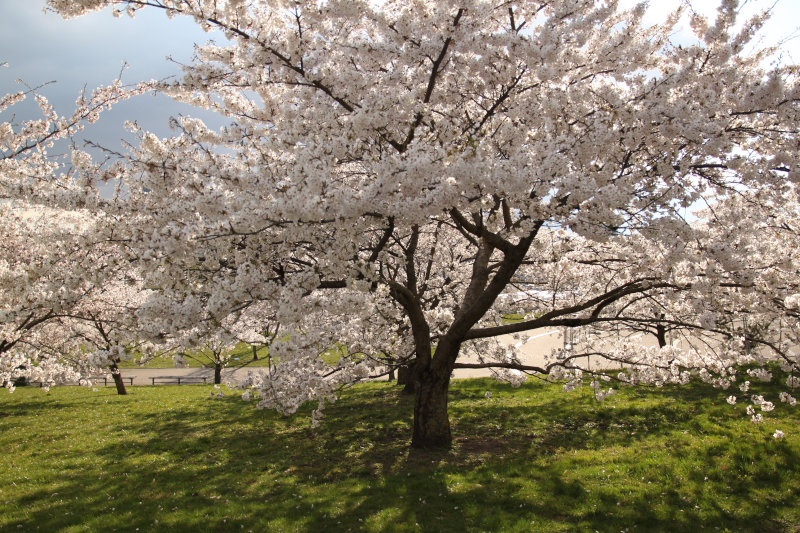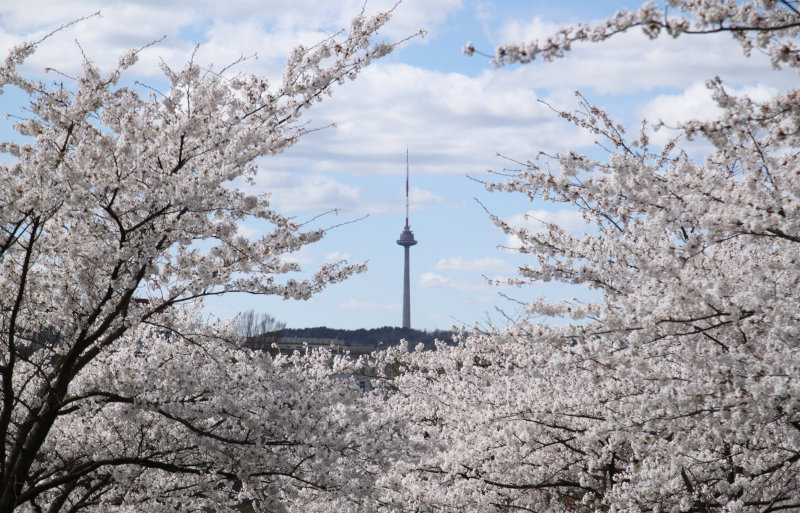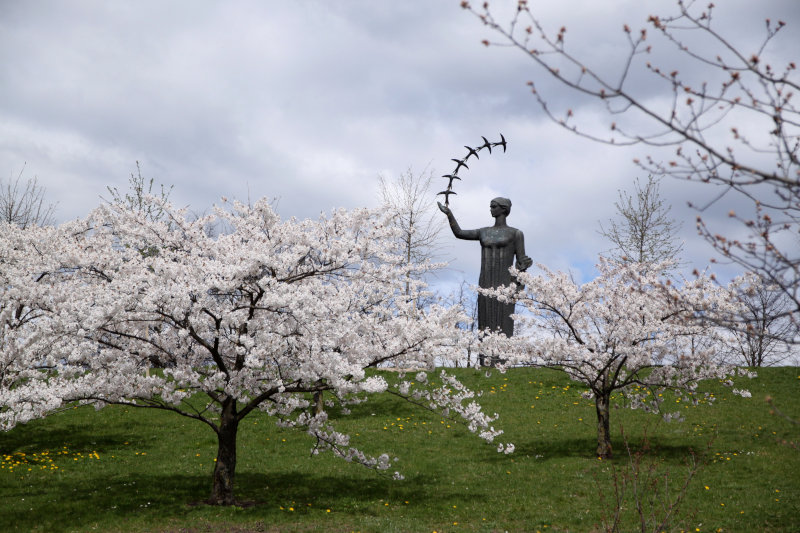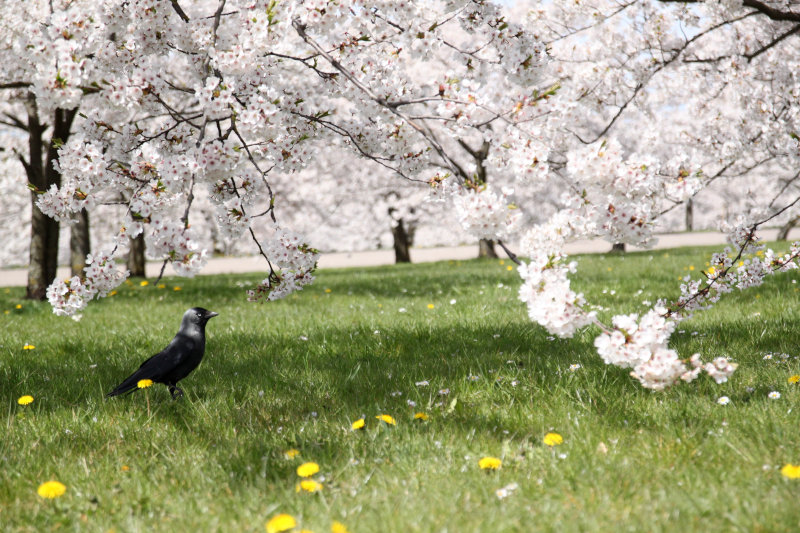Japanese events and spaces in Lithuania
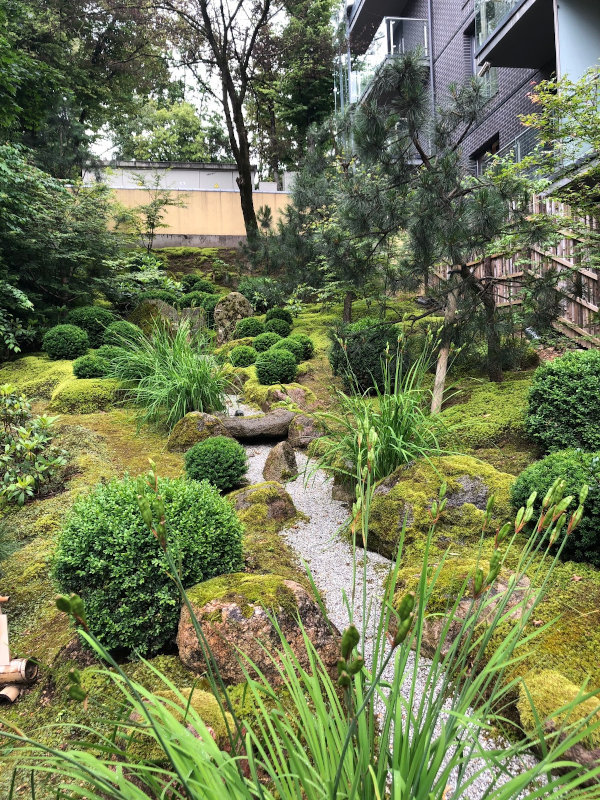
(Sei shin en garden in Vilnius. Japonijos kultūros namai archive)
People can discover Japanese culture in Lithuania in various ways, i.e. through books, exhibitions, theatrical performances, concerts, cinema... Even though significant geographical and cultural differences exist between the two nations, it seems that the interest in Japan has been increasingly growing in Lithuania since the 1990s. During the last decades of the Soviet era and the early years of independence, an escape into exotic Japanese culture was basically a way to escape a culture of social realism. That is why the first significant events, for example, The Week of Japanese Culture organized in 1995, received great interest – people were coming through the windows during some of the events due to a lack of seats. After the first attempt, many regular festivals developed in Vilnius, Kaunas, Alytus, and other Lithuanian places. These Japanese festivals are becoming the most popular form of introducing the Japanese culture to Lithuanian people.
This interest in the Japanese culture leaves tangible signs in different places in Lithuania. More than one town has Japanese gardens or parks of sakuras, both private and public. These places play a significant role in cultural events and meaningful exchanges where two cultures get together and learn from each other.
A whole range of institutions stands behind these events and initiatives, which take care of Japanese culture dissemination in Lithuania. For instance, the Culture Center of the Embassy of Japan in Vilnius, the Center for Asian Studies of Vytautas Magnus University in Kaunas, the Center of Asian Arts in Vilnius. Many initiatives are developed by private enterprises, for example, "Yukari" and Japanese Culture Home in Vilnius, Bonsai studio "Sensei" in Alytus, "Azija LT" in Kaunas, and others, which teach the Japanese language, organize events, and participate in various projects.
The most important festivals
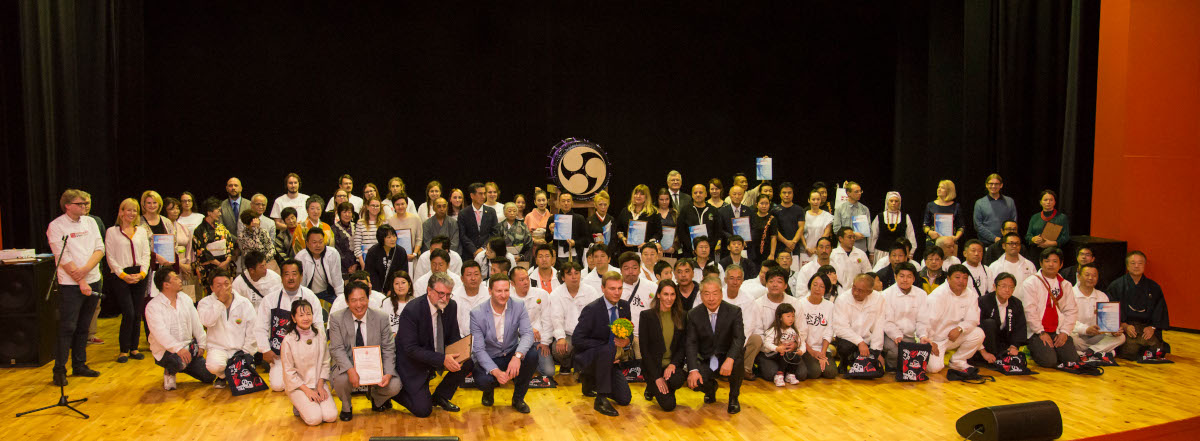
(closing ceremony of Sugihara Week 2017; Azija LT archive)
In Lithuania, many cultural events are devoted to Japan. They are organized by different municipalities, museums, and other cultural institutions. However, the big festivals are the most popular as they attract many artists from various areas and provide a platform not only to represent diverse aspects of Japanese culture but also to develop mutual creative projects between Lithuanian and Japanese artists. Several festivals preserved deep-rooted traditions and are organized more or less regularly and this makes them a phenomenon in the area of Lithuanian culture.
Japanese Culture Week was a phenomenon, which became very visible during the first decade of Lithuanian independence. It was organized by associations of Lithuanian and Japan and the Japan Tourist Information Center. The first week was organized in September 1995 and gathered 46 professional and amateur artists who came from Japan to Lithuania. Japanese music, dance, ikebana, tea ceremony, paintings, bonsai trees, etc. were represented during many events.
In May 2000, this event was organized for the second time and it was initiated by the Lithuanian Kyokushin Karate Association President Romas Vitkauskas. Many events included exhibitions of Japanese engravings, contemporary graphics, calligraphy, presentation of ikebana, lectures, musical concerts.
It is a festival of Lithuanian and Japanese architects in Kaunas. The title was chosen while following the idea that Lithuania is in the east of Europe and Japan is located in the east of Asia. It was an initiative of diplomat Dainius Kamaitis, who built a foundation for exchanges between Lithuania and Japanese architecture. The first festival was organized in 2002 in Kaunas. Stages of dialog between Lithuanian and Japanese architects were implemented in 2009, 2011, and 2013 in cooperation with the Architects Association of Lithuania and the Institute of Japanese Architects. During the festival mutual exhibitions of Japanese and Lithuanian architects, seminars, and creative workshops of students were organized.
(Rytai-Rytai III in Tokyo; Lietuvos architektų sąjunga / M. Šiupšinskas)

(Bonsai exhibition; Azija LT archive)
These exhibitions were initiated by Kęstutis Ptakauskas aiming to represent bonsai, Japanese carps, and the culture of suiseki rocks in Lithuania. The festival started as a small international exhibition of bonsai trees in Alytus and later it developed into a grand event representing various arts of Japanese culture. It culminated in 2015 – the festival was organized in Vilnius, in Lithuanian Exhibition and Congress Center LITEXPO. The Japanese admired the interest of the Lithuanian people and represented more arts – ceramics, swords, calligraphy, ikebana, tea ceremonies, collections of kimonos, theater. Smaller exhibitions are organized in Klaipėda, Alytus, and other Lithuanian cities since 2016.
This is one of the biggest events in Lithuania representing the magic of the colorful culture of Japan – from traditional to contemporary. It is organized by KOI (public institution "Kūrybinės ir organizacinės idėjos”). In 2008, organizers initiated a Cosplay meeting and went much further – the event developed and became the festival "nowJapan" fully representing the Japanese culture. This is one of the most significant events related to Japan in the Baltic region.
(Kūrybinės ir organizacinės idėjos archive)
Sugihara Week is the cycle of events aiming to perpetuate the remembrance of Japanese diplomat Chiune Sugihara. Also, it represents the Japanese culture and encourages mutual creative projects between artists of both countries. The festival was initiated by a group of active residents of Kaunas and initially was linked to Kaunas. Later, this festival expanded to the whole of Lithuania. During three festivals (2017, 2018, 2020) the Japanese culture was represented in various ways. Each cycle consisted of 20-40 different events including exhibitions, lectures, concerts, and theatrical performances.
(moments from Sugihara Week events; Azija LT archive)
The Japanese cultural spaces in Lithuania
It seems that Lithuanians fell in love with those aspects of Japanese culture that are connected to nature rather than paintings, theater, or music. Lithuanian people are genuinely interested in small trees bonsai, the art of flower arrangement ikebana, and eager to spend time under sakura trees (hanami tradition) in spring. Lately, the philosophy of forest bathing (shinrinyoku) is becoming more and more popular.
There are many Japanese gardens in Lithuania. The garden in Kretinga is considered to be the biggest one in Europe and it is constantly renewed and improved. Two more gardens can be found in Vilnius – the botanical garden of Kairėnai and Seishinen located in the city center. At the moment there are several Japanese gardens in future plans. In addition to public and popular gardens, there are some (maybe several dozen) smaller or bigger private gardens.
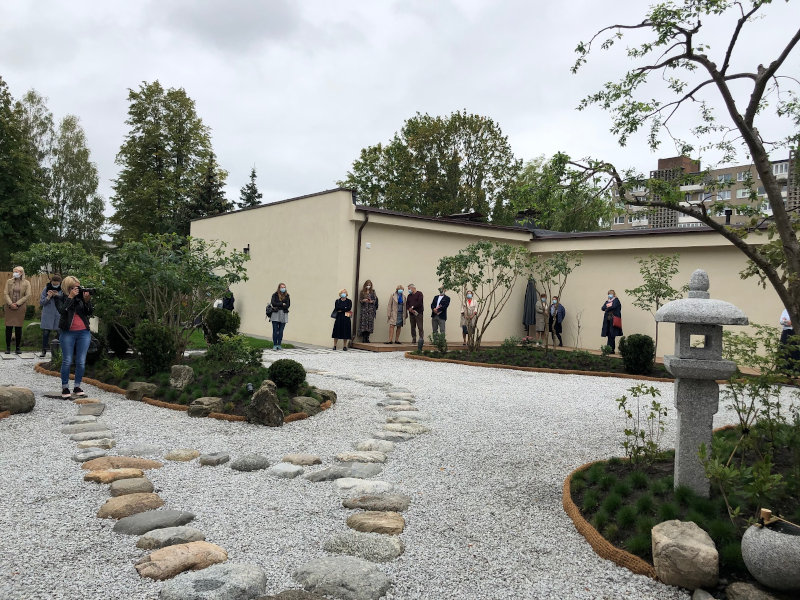
(Japanese garden in Klaipėda; Laura Popkytė-Fukumoto personal archive)
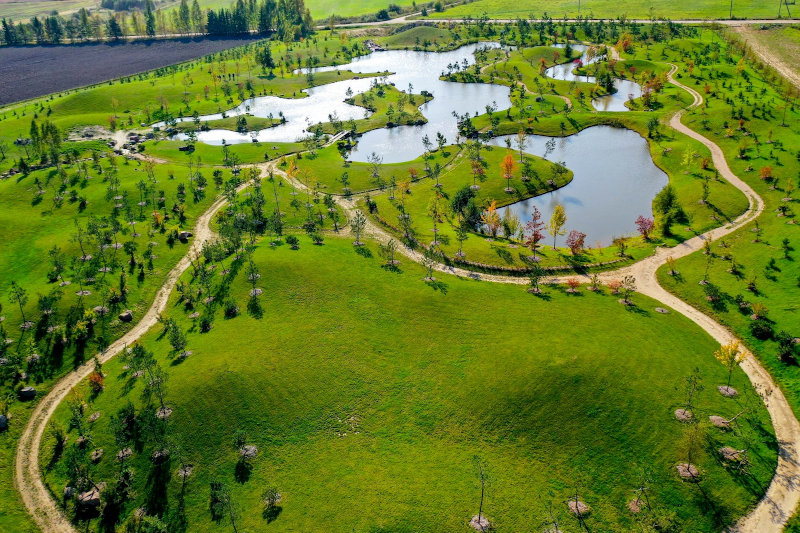
(Japoniškas sodas / V. Ščiavinskas)
The unique Japanese garden in Kretinga district is the biggest such garden in Europe covering 16 ha. There is a collection of one thousand bonsai trees, a garden of rocks, sakura trees, ponds, and a tea house. Šarūnas Kasmauskas had a desire to have such a garden from childhood. In 2004, master of gardens H. Watanabe was invited to Lithuania and began to plan implementation of the garden idea together with his team. The actual works on the ground started on the 10th October 2007 in empty fields.
After introductory event in Tokyo in January 2010, several Japanese growers of bonsai offered support of 700 bonsai trees – the age of trees was from 4 to 180 years old.

(VU Botanikos sodas Kairėnuose archive)
In the Botanical Garden of Vilnius University, the Japanese garden is created that covers a 0,5 ha area. Two garden designers from Japan Hajime Watanabe and Hiroshi Tsunoda developed and donated the conceptual plan in 2003.
500 tones of rock were used and, in November – December 2008, they were placed to form the structure of the future garden. In 2009 a stream with a waterfall, a pond with Turtle Island, and sightseeing trails were installed. In 2010 elements of landscape architecture (gates of entrance and pavilion) were created and plants were planted. Main works ended in autumn 2011 and spring 2012. At the moment, plants are growing naturally.
This project was implemented with a help of the Embassy of Japan in Lithuania and the support of the Vilnius City Municipality, the Ministry of Education, Science and Sport of Lithuania, the Government of Lithuania, and other sponsors.
(Japonijos namai archive)
In the center of Vilnius, on a hill in Kosciuškos street, a garden with a natural source of water is located. It is an initiative of the artist Dalia Dokšaitė. A landscape architect Laura Popkytė Fukumoto worked in the Japanese gardens in Kyoto, the old capital of Japan. She prepared and implemented this project from 2016 to 2018 by consulting with the master Yasuo Kitayama. Many private individuals and institutions of goodwill contributed to the implementation of this project. In autumn 2020, this garden was passed to the Vilnius City Municipality.
This project corresponds to the main principles of Japanese esthetics – seasonality, simplicity, harmony, natural compatibility with the environment, respect for water, tree, rocks. The main attention was paid to cleaning up the stream. The priests of Kodaiji temple (Kyoto, Japan), which is the main sponsor of the garden, expect that this garden will help Lithuanian people to learn more about the Japanese culture, esthetics, and nature.
(photo by K. Ptakauskas and A. Zykas)
Kęstutis Ptakauskas is interested in the art of bonsai for more than 30 years and represents the Japanese culture during various events. He participates in international exhibitions of bonsai and is the head of bonsai school. In this school, he shares the experience with people interested in this art. In 2017, he was awarded by the Japanese government the Order of the Rising Sun.
Small Garden of Morning Dew located on his private land includes a stream with a little bridge and a big pond with koi carps and a separate garden of bonsai. Kęstutis Ptakauskas was inspired by one picture and started to create this garden. Later this garden became a place of peace and creativity for him. This garden became a tourist attraction in Alytus, people interested in Japanese culture visit this place even from abroad.
(Valdas Astrauskas personal archive)
A few decades ago Valdas Astrauskas bought a piece of land in the Širvintos district and started to create a village of Japanese style. Even though he had not ever visited Japan, Valdas fell in love with this country and started to collect information regarding traditional wooden architecture and design. He used local materials and built the main building, gates, bridges, lamps, well, and even the Japanese bathhouse by following Japanese traditional technologies.
The Japanese people were very interested in the works of Valdas, more than once his village was filmed by Tokyo television. In 2018, he was invited to Japan where he visited a traditional village Goakayama and got acquainted with local carpenters and craftsmen. Later they visited Valdas in Lithuania and helped to install a traditional Japanese room of tatamis.
Parks of sakura trees in Lithuania
The first park of sakura trees in Lithuania was landscaped in 2008 in Vilnius. The main initiator of this park was Rimantas Vaitkus, who named this space "Chiune Sugihara Sakura Park." Because of his contribution, the Japanese cherry trees became known as sakura trees among Lithuanians. Since then, more and more parks of sakura trees appeared in Lithuania.
(photos by Milda Kraśko and Aurelijus Zykas)
A map that indicates public Japanese gardens and parks in Lithuania:
Bibliography
- Juršienė, Jūratė. 2006-06-22. K.Ptakausko svajonė - japoniškas sodas Alytuje. Delfi. 2006 m. birželio 22 d.
- Leitanaitė, Rūta. 2009. Japoniškai lietuviški architektūros dialogai. Bernardinai.lt, 2009 m. liepos 27 d.
- Kamaitis, Dainius. 2011. Būsimieji Lietuvos architektai ieškos urbanistinių sprendimų žymiausiame Tokijo rajone. Delfi, 2011 m. gegužės 27 d.
- Kunihiro, George. 2009. Kenchiku bunka ni yoru kokkakan kouryuu no datousei. Shinkenchiku, 2009 m. November.
- Rupeikaitė, Vereta. 2013. Žvaigždė iš Tokijo nelinki Kaunui dangoraižių. Kauno diena („Namai“), 2013 m. spalio 3 d.
- Žukauskienė-Čepulionytė, Gabija. 2001. Dešimties metų Lietuvos ir Japonijos kultūros ryšių apžvalga. Mokslas ir gyvenimas, 2001 m. spalis.





